41,000 years in the past, the protective shield of Earth ceased to function.
The Earth turns into a helpless victim without the shield given to the planet by the ozone layer. The magnetic shield around our planet is a barrier to the constant attacks from the cosmic rays. Nevertheless, there are cases when this shield becomes weaker and unstable and thus, cosmic rays can penetrate the atmosphere through it. This happen results in a chain reaction of particles that scientists believe to be a threat to the biosphere.
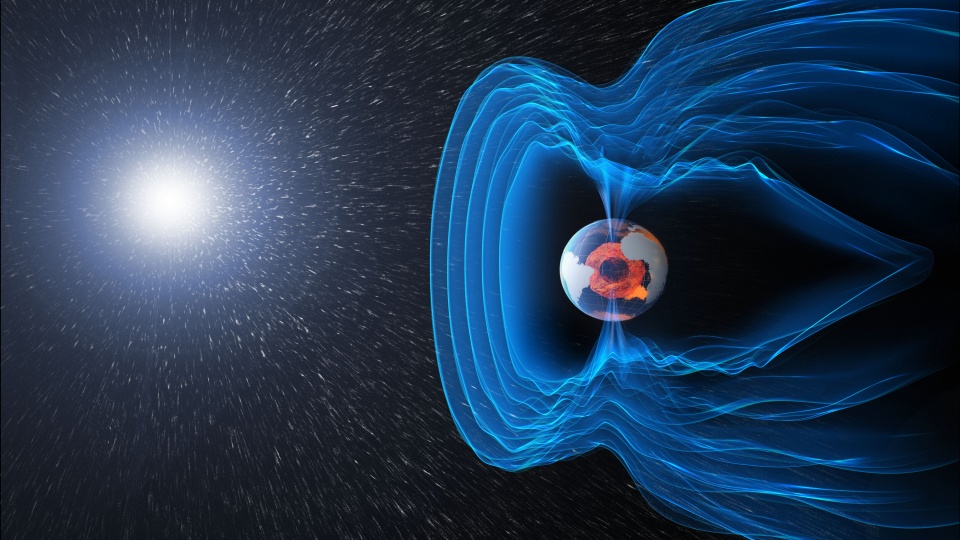
A time when the activity of the earth has been happening throughout the history of our planet, there was one outstanding event that happened approximately 41,000 years ago called Laschamps excursion.
Cosmic rays are the particles of high energy, usually protons or atomic nuclei, which pass through space at a lightning speed. Normally, these particles are deflected by the magnetic shield of the planet and thrown away into space. Nevertheless, the magnetic shield is not always fully effective and cosmic rays sometimes hit the Earth’s atmosphere.
Hence, a shower of secondary particles named cosmogenic radionuclides is generated. These isotopes get buried in the sediments, ice cores, and even in the cell structures of living organisms like trees. A variety of these isotopes is among the others are Calcium 41 and Carbon 14.
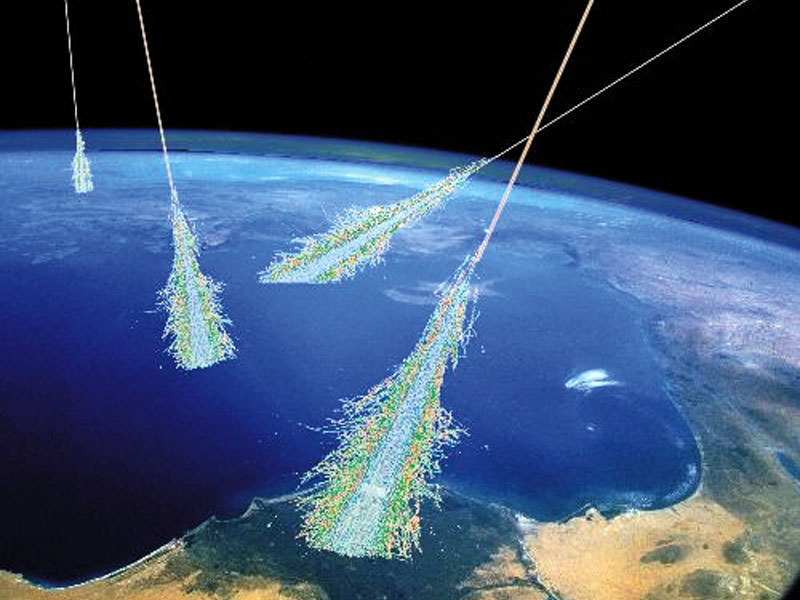
A certain number of isotopes are stable, while others are radioactive. The radioactive ones have half-lives that are between 20 minutes (Carbon 11) to 15. The remaining signal of this ancient gassy planet is 7 million years (Xenon 129).
When the frequency of Earth’s shielding is low, more of these isotopes reach the surface of the Earth and hence, get deposited in sediments and ice. Through the extraction and examination of these cores and sediments, scientists are able to figure out the past of the magnetic shield. Their results prove that the Earth had a geomagnetic excursion or a reversal 41,000 years ago, called the Laschamps excursion after the Laschamps lava flows in France.
Approximately every few hundred thousand years the Earth’s magnetic poles change, turning North into South and the other way around. In between these major events the poles gradually change positions without changing the summit of the earth. These adventures diminish the Earth’s protector and they can last from a few thousand to tens of thousands of years. Such weather phenomenons as solar flares cause more cosmic rays to hit the atmosphere, resulting in a rise of the radionuclides that fall to Earth.
The paleomagnetic studies deal with a particular radioactive isotope, it is usually that which the scientists concentrate on. Beryllium 10, which has a half-life of 1, is an excellent indicator of the age of a particular geological structure. 36 million years, usually, it is the ones that are the ones that are on the soil surface that get in.
Sanja Panovska, a researcher at GFZ Potsdam, Germany, who is an expert in geomagnetism, presented the new research on the Laschamps excursion at the EGU General Assembly 2024 last week. She found out that in the Laschamps excursion, the number of Be 10 was twice as high as the usual.
Panovska applied the methods of cosmogenic radionuclide and paleomagnetic data to investigate the Laschamps excursion in a more detail. Through her study, she discovered that the Earth’s magnetic field weakened and it also shrunk in size. The change from a normal field to a reversed field occurred over the period of 250 years, with the reversed field persisting for about 440 years. During this time the Earth’s shield rapidly diminished to 5% of its normal strength. After the field was totally reversed, the field was only working at the level of 25% of its normal strength, thus the influx of Be 10 and other cosmogenic radionuclides to the Earth’s surface started.
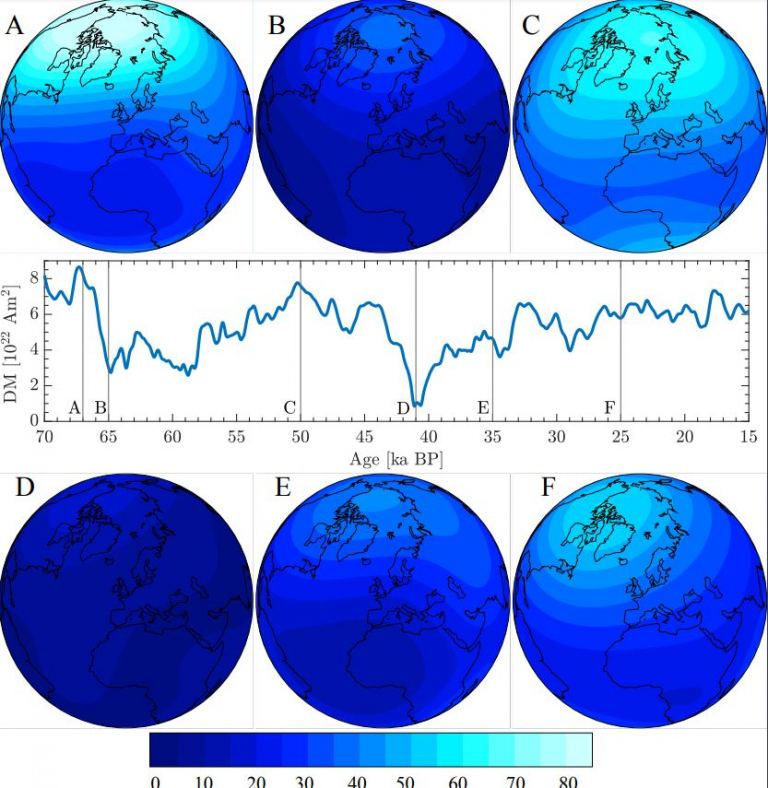
The radionuclides not only accumulate in sediments and ice, but apart from that, they are also radioactive. The defense of the shield was reduced thus, UV radiation was allowed to go to the surface of Earth. Besides, the atmospheric pressure at high altitudes dropped, thus, the wind patterns were changed. These changes might have caused to the Earth’s surface impacts.
The Laschamps event is the event that is the reason behind the disappearance of Neanderthals, the extinction of Australian megafauna, and the emergence of cave art. Although these connections have not been fully supported by the scientific analysis, it still emphasizes the possible dangers that can be caused by events like the Laschamps event. If such an event were to take place today, it would lead to the failure of our power grids and, at the same time, it would cause auroras in the equatorial region of the Earth.
The accurate knowledge of these dramatic events is essential for predicting the future ones, space climate forecasts and the assessment of their environmental effects on the Earth system, the expert, Panovska, said.
Research findings have proven that the magnetic shield is not always constant and contains anomalies. One of the anomalies is the South Atlantic Anomaly, a place where the magnetic field is the lowest near Earth. Satellites fly through this zone and they are exposed to higher levels of ionizing radiation. This anomaly is probably the result of a certain area of the Earth consisting of dense rocks, which proves the complex nature of the magnetic shield.
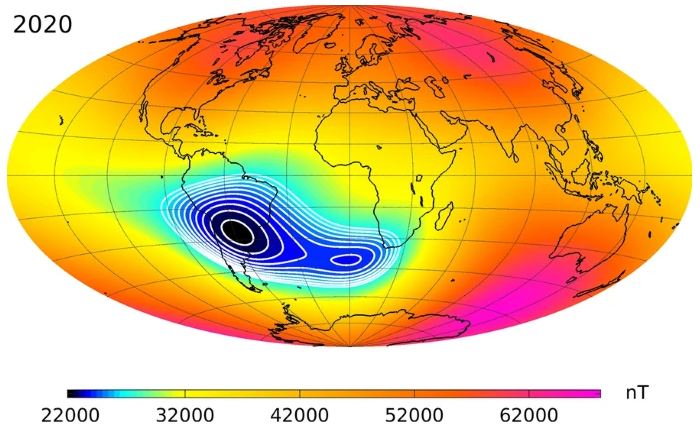
The scientists are still not sure of the consequences of cosmic rays on life when the magnetic shield is weakened. It is quite tempting to connect the extinctions with the Laschamps excursion when they take place at the same time. Nonetheless, in the past history, the poles have had numerous changes, the weakening and the reversal, but life has survived and prospered. If humanity lasts forever, we will surely experience one of these reversals, and thus, gain a better understanding of the nature of it all.
Do not forget to share your opinion with us to provide you with the best posts !



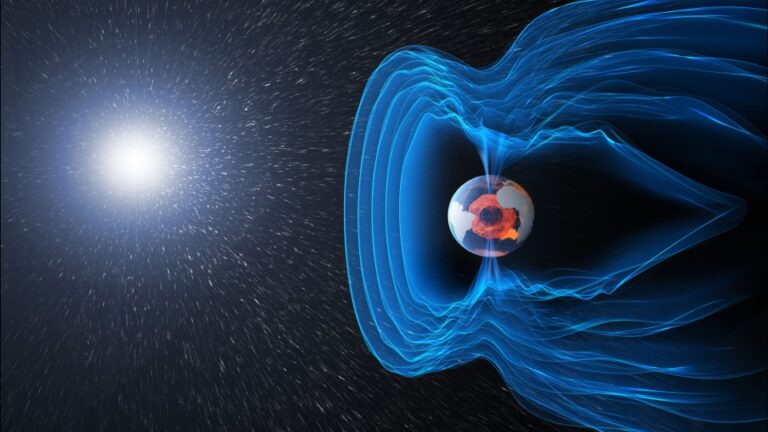
0 Comments